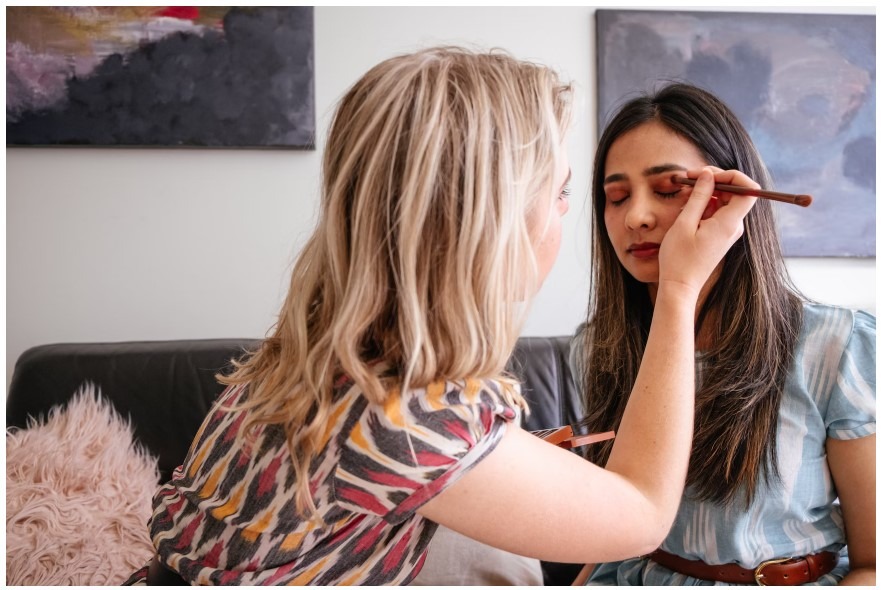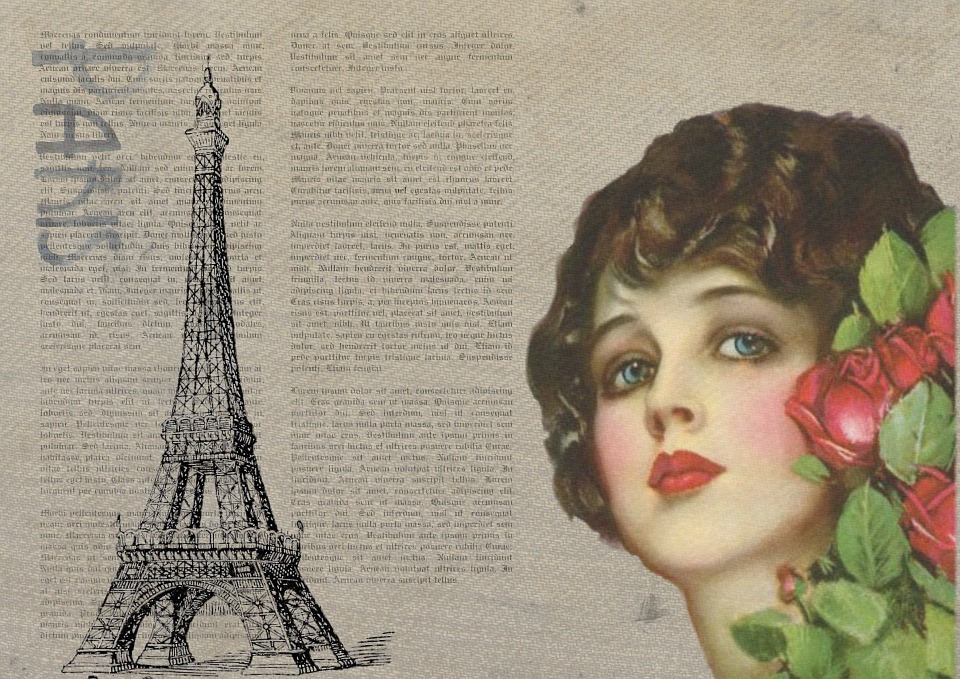Wearing makeup is something that most women have been accustomed to in the present time. There are different ways of putting makeup on and it depends on the event or occasion. Most women wear light or natural makeup when going to work and heavy, detailed makeup when attending parties. But did you know that years ago, both men and women in France wore heavy makeup?
From the 17th century to the 18th century, men and women in France wore obvious cosmetics. During that time, when you wear makeup, you will be marked as aristocratic. Gender differences were also less important compared to class differences in those times. That is why wearing makeup was also adopted by those who were trying to rise in social status or those who want to become fashionable. Their white skin showed class and respectability. In those times, heavy makeup was considered more respectable compared to natural light skin. French people do not wear natural or light makeup, in fact, they called it paint.
Nearly all aristocratic women in France wore cosmetics and only a few did not such as Louis XV’s old-fashioned queen Marie Leszcynska. Face painting was in fact, a key part of the public grooming, where an aristocratic woman dressed here face and hair before a chosen audience. They wore thick layers of white paint, large streaks of rouge, and beauty patches.
Cosmetics were not limited to the upper classes. Any middle class person who wanted to be aristocratic would also have worn cosmetics, but not as heavily. Middle classes preferred wearing tones of pink cosmetics instead of red and they apply it in circular patterns and not in streaks. Over the century, the price of cosmetics declined and its availability rose. Some were also made at home by the less well to do.
In the 1760s, cosmetics became more popular that vanity table sets began to be heavily advertised. Dressing rooms were also built facing north to get the best light. Frenchwomen have used about two million pots of rouge a year by 1781.
Based on a review of portraiture, Englishwomen wore cosmetics with a more natural look, unlike Frenchwomen who wore obvious cosmetics in the 1750s to 1760s. But when the 1770s came, Englishwomen and Frenchwomen wore almost the same amounts of cosmetics.
A complexion somewhere between white and pale, red cheeks in a large circular shape or upside down triangle, and red lips are the key aspects of the 18th-century cosmetic look. Blanc and Rouge are the two main cosmetics worn by most men and women in those times.
The entire face and shoulders were applied with shiny white face paint. During those times, the most popular white makeups used were made of lead. It is popular for its opacity, but it is poisonous as well. In 1767, a famous English beauty name Kitty Fisher died at the age of 23 from lead poisoning. Blanc, on the other hand, could also be made from vinegar or bismuth.
The red makeups they used were made of vermilion that is ground from cinnabar. It is toxic because it includes mercury. Rouge was made from safflower, wood resin, and sandalwood. They are mixed with greases, creams, or vinegar to create a paste. Frenchwomen wore rouge on their cheeks in wide swaths from the eye’s corners to the corner of the lips.
To make their lips red, they used distilled alcohol or vinegar. Red pomades for lips were sold by mid-century and some were in stick forms. The shades of red varied between pink and coral.
Frenchwomen’s eyebrows were half-moon shaped with tapered ends. They used kohl, elderberries, burnt cork or soot from oil lamps to darken their eyebrows. Some men and women plucked and painted their eyebrows (an early form of eyeliner). Some also wore false eyebrows made of mouse fur occasionally.
The use of beauty patches or “mouches” were part of a formal and aristocratic look. Beauty patches were made of silk velvet, satin, or taffeta and are attached with glue. These were very popular in the 17th and 18th century. Their purpose is to heighten the contrast with white skin. At the French court, a beauty patch on the corner of the eye means passion. If it’s on the forehead, it means majestic, and if it’s on the dimple, it was considered playful.
In the 1750s to the 1760s, extremely artificial look with heavy cosmetics was generally worn by Frenchwomen. Their faces were extremely pale, with rouge applied in big, round circles on the cheeks. Their eyes were left bare but their eyebrows were darkened, and their lips were red.
The heavy makeup trend continued until the 1770s. But when the 1780s came, the use of heavy cosmetics declined and the trend of a more natural look grew.
In the present time, heavy makeup was only worn for special occasions and wearing makeup no longer has anything to do with the social status. They are simply used by most women to look good and fashionable. There are now varieties of cosmetics to choose from which are made from materials which are much safer compared to those that were used by Frenchwomen in the 17th and 18th centuries.

